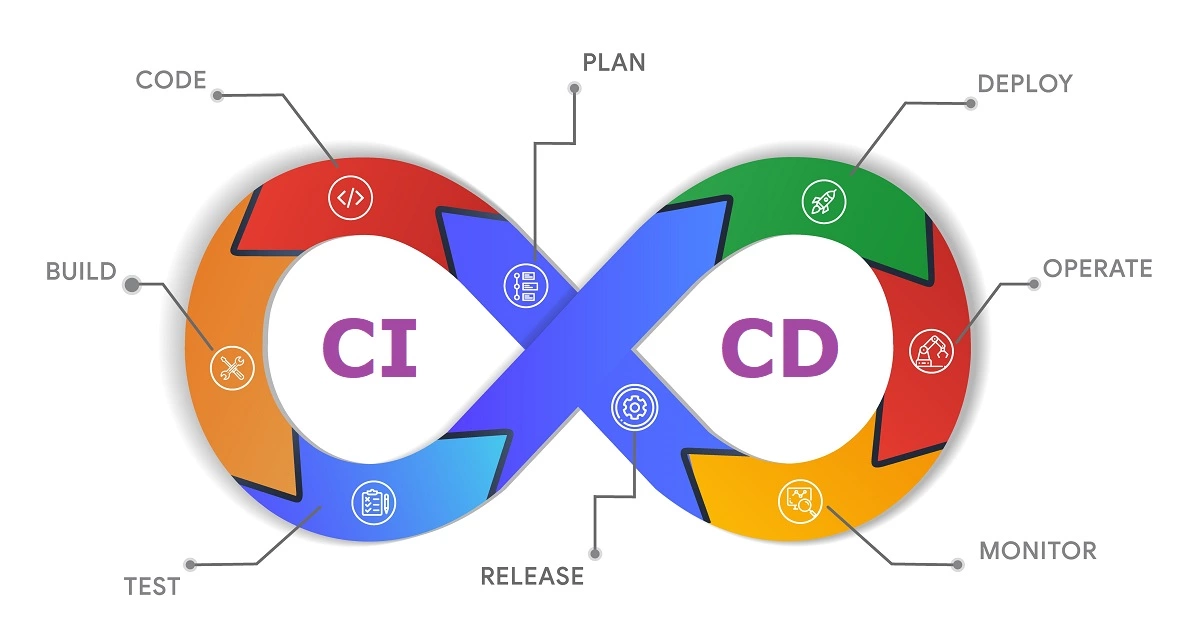In software delivery, speed is often celebrated like a high-speed train gliding across open tracks. But a train without brakes or protective barriers is a disaster waiting to happen. Similarly, a CI/CD pipeline without embedded security checks moves quickly but risks derailing due to vulnerabilities. To build safe yet swift systems, organisations are weaving automated security scans into their pipelines, with tools like Snyk and OWASP serving as the vigilant signal operators along the track.
Turning the Pipeline into a Secure Highway
Imagine your CI/CD pipeline as a bustling highway, with code changes as vehicles zipping between lanes. Without rules, patrols, and checkpoints, chaos soon follows. Automated scans act as traffic police—stopping unsafe cars, flagging those with faulty engines, and letting the road stay open only to safe and compliant vehicles.
Snyk becomes the vehicle inspector at the on-ramp, checking every incoming dependency for hidden flaws, while OWASP standards work like the posted rules of the road—reminders that developers must drive responsibly and defensively. Together, they transform the highway into a safer, more predictable journey for every release.
The Role of Snyk: Quiet Guardian at the Gate
Every modern application relies on a dense forest of open-source libraries. It’s efficient, but each package can carry hidden weaknesses, like termites in the woodwork of a sturdy house. Snyk automates the discovery of those vulnerabilities, testing dependencies in real time and suggesting precise fixes.
Instead of long vulnerability spreadsheets landing weeks after release, Snyk provides developers with immediate feedback. This agility makes it invaluable, especially for teams that are simultaneously learning through a Full-Stack Development course, where security awareness must accompany their growth in building applications. Snyk doesn’t just find the flaws—it guides the repair process, like a seasoned mechanic who not only diagnoses the problem but also hands you the right tool.
The OWASP Compass: Navigating a Risky Landscape
If Snyk is the mechanic, OWASP is the roadmap. Its Top Ten is not just a checklist—it is a compass showing where most accidents occur, from injection flaws to broken access control. Developers and testers use this compass to navigate the risky terrain of modern software.
Embedding OWASP checks in the CI/CD pipeline is like installing hazard signs along a construction site. They don’t slow work unnecessarily but warn of dangers that could cause severe damage if ignored. By enforcing policies against unsafe patterns and ensuring test coverage for known pitfalls, OWASP keeps the codebase aligned with industry-trusted safety routes.
Orchestrating Snyk and OWASP in CI/CD
Picture a theatre production. Code commits are the actors entering stage left, builds are rehearsals, and deployment is opening night. The director cannot allow actors with incomplete scripts or unsafe props on stage. That’s where Snyk and OWASP come in—like a backstage crew who checks costumes, props, and lighting before every scene.
When configured into CI/CD pipelines, these tools run scans at each critical step. Snyk analyses dependencies the moment they’re introduced, while OWASP-driven tests validate application logic and resilience. If issues appear, the pipeline halts—much like a rehearsal pausing until the props are fixed—ensuring nothing dangerous makes it to opening night.
Building a Culture Around Security Automation
Tools alone don’t guarantee safety. It’s the culture around them that makes the difference. A team that treats security as everyone’s responsibility—rather than the job of a distant operations group—creates truly resilient systems. Automated scans enable this by making security feedback immediate, actionable, and part of daily routines rather than a dreaded audit weeks later.
For students and professionals progressing through a Full-Stack Development course, embracing this culture early is crucial. Learning to integrate security tools into every stage of coding builds not just technical skill but also professional maturity. It’s the equivalent of a driver learning defensive techniques while still earning their licence—habits that will last a career.
Conclusion: Security as a Constant Companion
Automation in CI/CD isn’t only about speed; it’s about sustainable delivery. By embedding Snyk and OWASP into pipelines, teams gain the ability to move quickly without blind spots. Vulnerabilities are spotted early, fixed efficiently, and prevented from snowballing into production disasters.
Just as no wise engineer would run a high-speed train without safety systems, no modern development team should ship software without automated scans. Security must ride alongside speed, not chase after it. The true mark of mature development is not just how fast you deliver, but how safely you reach your destination.





